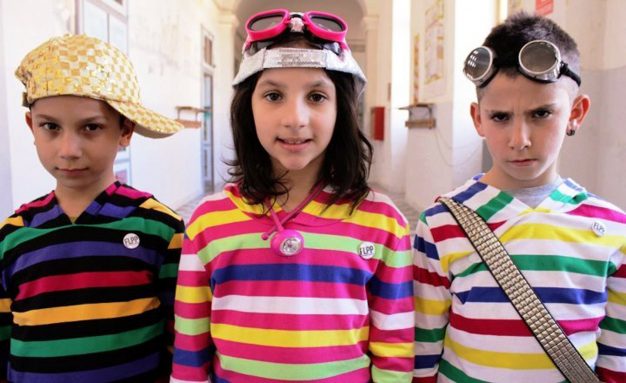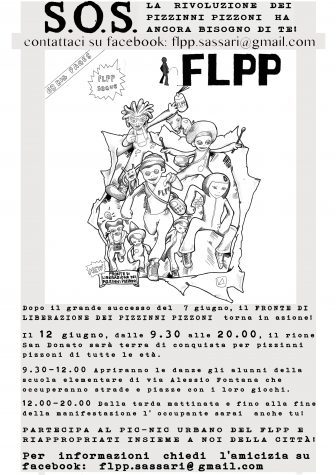
Storytelling project inspires urban planners in Italy
Urban planners in Italy have found that engaging children and young people with traditional storytelling and imaginative communication projects can help to engage them in the future shape of their cities, and in turn provide the planners themselves with creative insights.
Who says that making sensible and effective urban interventions is necessarily expensive? Planners of the contemporary city can sometimes achieve effective results with innovative and unconventional tools. This can be especially true when the problems being addressed concern the quality of life arising from habitual behaviour. With such intangible challenges it can pay to take a step back, try to gain a broad perspective on origins and causes. Sometimes this can reveal that all is required is a change of attitude.
Urban sustainability
The Fronte di Liberazione dei Pizzinni Pizzoni project: learning about urban sustainability through storytelling
In the experience of the Fronte di Liberazione dei Pizzinni Pizzoni the main tools we used to reach our goal have been storytelling and innovative communication campaign. We could manage the role-playing game ran by the dystopian story through storytelling principles. The Fronte di Liberazione dei Pizzinni Pizzoni project –started in 2012 and still ongoing- involves the disadvantaged neighborhood of San Donato, in the city of Sassari (Sardinia, Italy). The main goal is to free streets and public spaces from parked cars for the benefit of pedestrians and playing children.
The activation point have been a letter of SOS arrived in the school of Sad Donato neighbourhood, sent from the children of “the future”. This letter explained the devastating conditions of the entire city in 2046, where San Donato neighbourhood have become an giant shopping centre accessible only by car, and where the children who write were the lasts inhabitants, forced to perform the “typical” traditional inhabitants for tourists.
The SOS message was a direct helping call from the children of the future to the children of the present. It ran an epistolary dialogue, and we could arrange or modify the story depending on the continuous feedbacks from the present. Through this system, we could show step by step that some small actions in the present can have tangible results in the future. It is well known how difficult is to change the out of urban habits by explaining sustainability in a “classical” way. We could see that storytelling can be a really interesting way to learn “sustainability” by doing, without any need to explain it.

Innovative communication campaign
Another key step in the experience has been the communication campaign, managed with different level of spread: from the school, to the neighbourhood, until the entire city. We built an air of mystery about the strange messages from the future by integrated actions: newspaper articles, local television spots (where the protagonists were the same children of the San Donato School), stickers and messages pasted all around the city. Everyone was interested into know more. Even the name of the project comes from a typical local expression, which has get people more and more closer: the “Pizzinni Pizzoni”, in local language are the children who are “free as a bird”.
Finally we invited all the city to participate to the “Revolution”, by the motto “Free the Pizzinnu Pizzoni inside of you”. A large variety of people have participated, still participate and want to participate in this intangible but effective this intangible but effective urban project, which cannot have an end.
Author: TaMaLaCà – Inderdisciplinary research group
http://www.tamalaca.uniss.it/
http://tamalaca.blogspot.it/
https://www.flickr.com/photos/tamalaca/
gruppotamalaca@gmail.com
Communication campaign videos:
Spot0: https://www.youtube.com/watch?v=yYADEpuEHZ4
Spot1: https://www.youtube.com/watch?v=RMrdV79v66E
Spot2: https://www.youtube.com/watch?v=NctuQXIXl24
Spot3: https://www.youtube.com/watch?v=MLOnZjfTVmM




